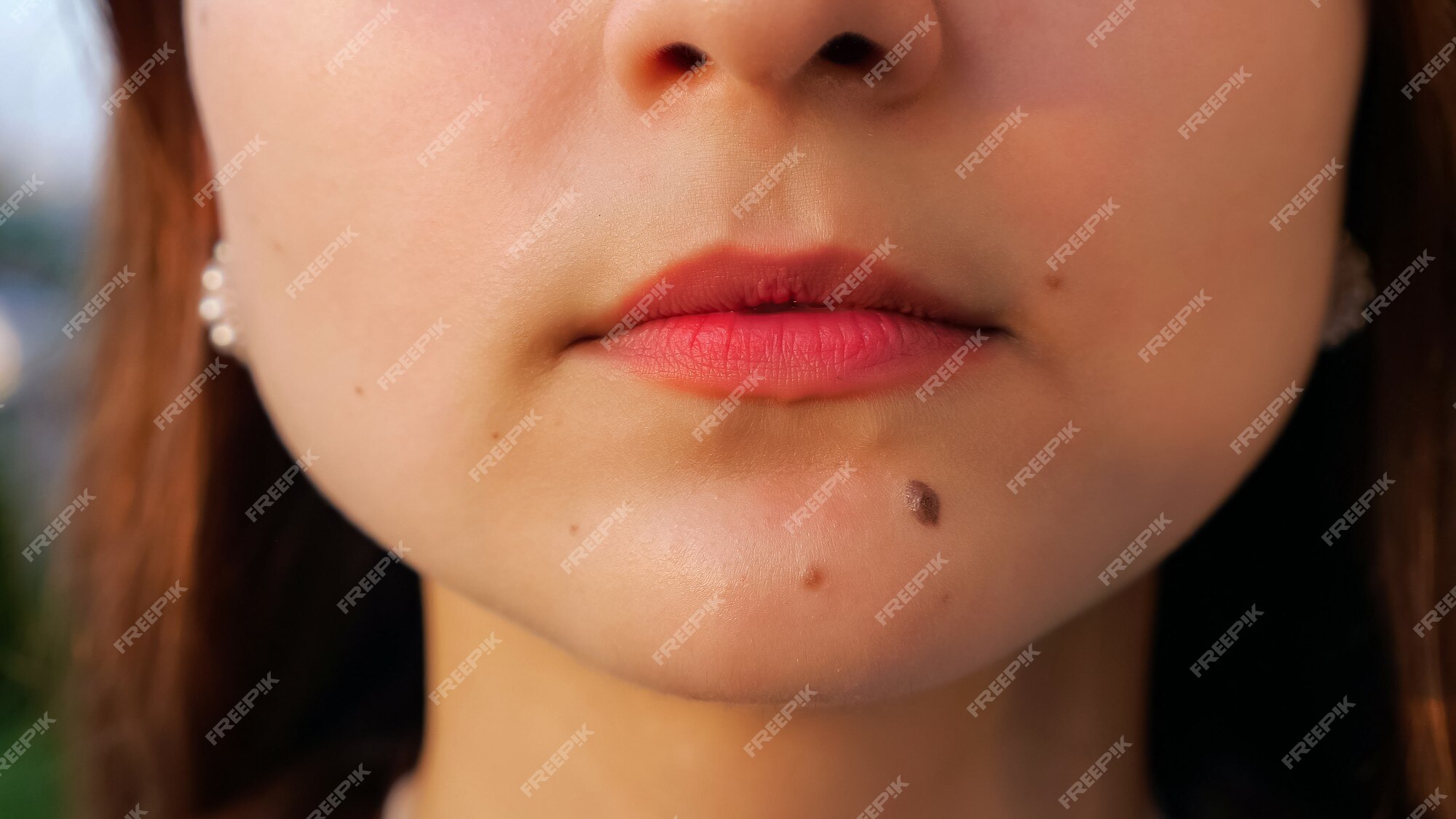575

Introduction:
Birthmarks have long been a subject of fascination and intrigue. These unique markings on the skin can take various shapes, sizes, and colors, leaving many people curious about their origin and significance. In this article, we will embark on a journey to unravel the mysteries surrounding birthmarks and delve into the captivating world they represent.
What are Birthmarks?
-
- Defining birthmarks: Birthmarks are distinctive skin markings that are present at birth or appear shortly afterward. They can manifest in different forms, including pigmented or vascular variations.
- Types of birthmarks: Birthmarks can be categorized into two broad groups: pigmented birthmarks and vascular birthmarks. Pigmented birthmarks, such as moles and café-au-lait spots, are caused by an overgrowth of pigment cells. Vascular birthmarks, like strawberry hemangiomas and port-wine stains, result from abnormal blood vessels in the skin.
The Science behind Birthmarks:
-
- Genetic factors: Some birthmarks have a genetic basis, meaning they can be inherited from parents or arise due to mutations in certain genes. Examples include congenital melanocytic nevi and some types of vascular birthmarks.
- Developmental abnormalities: Certain birthmarks result from developmental anomalies during embryonic growth. These marks, such as stork bites or angel kisses, are usually harmless and fade over time.
- Vascular birthmarks: Vascular birthmarks are often caused by abnormal blood vessels during fetal development. They can appear as red, pink, or purplish discolorations on the skin.
Birthmarks and Cultural Beliefs:
-
- Historical significance: Throughout history, birthmarks have been associated with various cultural beliefs and superstitions. Some cultures consider birthmarks as symbols of luck, while others see them as omens or even evidence of past lives.
- Spiritual interpretations: In certain spiritual traditions, birthmarks are believed to carry a special meaning or serve as a reminder of past experiences or connections to a different realm.
Birthmarks and Medical Considerations:
-
- Potential health concerns: While most birthmarks are harmless and don’t require medical intervention, some may require attention due to potential complications. Large or atypical birthmarks, especially those located on the face or vital areas, may be evaluated by healthcare professionals.
- Treatment options: Various treatment options exist for birthmarks, including laser therapy, surgical removal, or topical medications. The choice of treatment depends on the type, size, and location of the birthmark, as well as individual considerations.
Embracing Birthmarks and Promoting Acceptance:
-
- Promoting self-esteem: It is essential to foster an environment that embraces diversity and promotes self-acceptance, including the acceptance of birthmarks. Encouraging positive body image and celebrating individuality can help individuals with birthmarks feel confident and comfortable in their own skin.
- Education and awareness: Increasing awareness about birthmarks can help dispel myths and reduce stigma associated with these unique markings. Education programs and support groups can provide a platform for sharing experiences and offering support to individuals and families affected by birthmarks.
Conclusion:
Birthmarks continue to captivate us with their enigmatic presence. While science sheds light on their origins, the cultural and personal interpretations surrounding birthmarks add an element of wonder to their existence. By exploring the fascinating world of birthmarks, we can foster understanding, acceptance, and appreciation for the diverse tapestry of human appearances.
